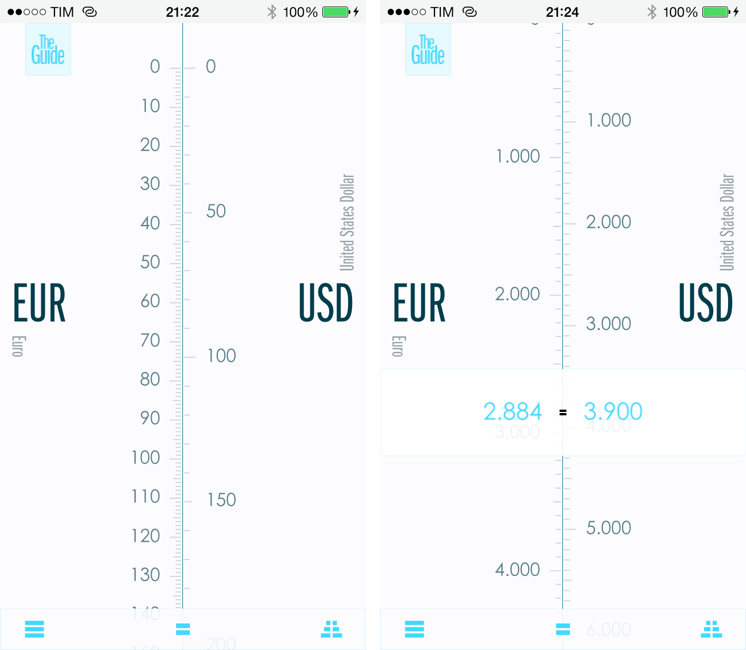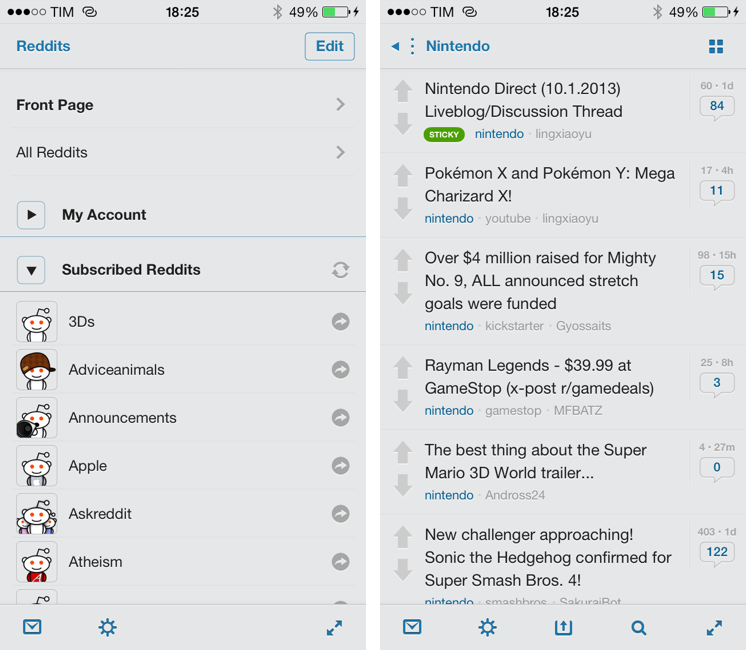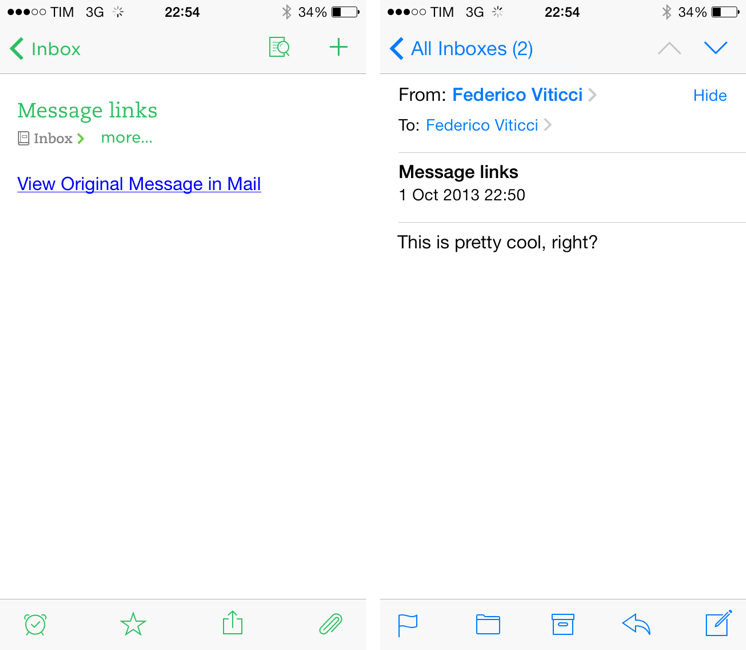Developed by Craig Bradley, Notograph is an interesting iPhone app for “non-photo photos”. I had been testing the app before its release in August, and, while I don’t use it, I think that it’s a good idea.
Here’s how the developer describes it:
Have you ever been thumbing through pictures of your kids or your cats and had the moment interrupted by a picture you took just to remember something?
If you already use your camera for pictures of sketches or business cards or whiteboards or napkins or signs or any other thing you want to remember but DO NOT want in your camera roll or your Photo Stream, then NOTOGRAPH is just what you’ve been waiting for.
What I like is that Notograph always starts ready to take pictures, which can then be organized through linear thumbnails and optionally synced with iCloud/Dropbox or manually sent to Evernote. Notograph doesn’t want to do OCR or other crazy camera-related features – it’s an app to archive, indeed, “non-photo photos” outside of the main iOS Camera Roll. If you don’t like the idea of using something like Evernote or other syncing services for pictures that you don’t want in your photo library, Notograph is a fine utility.
$1.99 on the App Store. Here’s the developer’s roadmap and story of first six weeks of sales.




